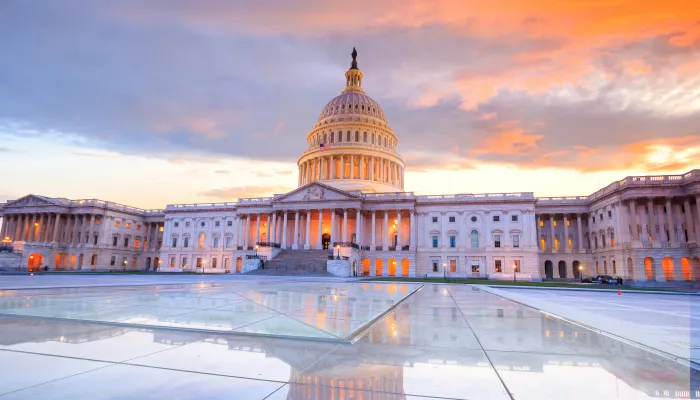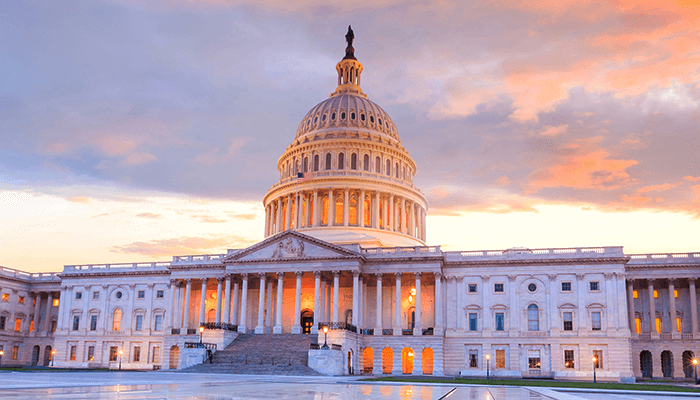Op-Ed: With Order Restored, Let’s Act
The Hill | November 11, 2013
For the past three years, Congress has been stuck in a partisan stalemate that has threatened fiscal confidence and slowed our already sluggish economic recovery. It has proven easier for both political parties to stand firm in their ideological corners instead of presiding over a functioning budget process that promotes stability, government efficiency, and economic investment.
The Constitution granted Congress the authority to tax and spend, and they have certainly exercised it. But it wasn’t until 1974 that “The Budget Act” established the House and Senate Committees on the Budget and finally created what we now refer to as regular order in order to manage these resources in a manner worthy of a great nation. Under the law, each house of Congress would draft and pass their own budget resolutions and then a conference committee would meet to work out the differences. Reconciliation legislation could also be utilized to enforce the spending and revenue levels set out in the budget resolution.
Unfortunately, this established process hasn’t always yielded results in today’s divided Washington. That is one of the reasons we came together in 2009 to introduce legislation to establish a Bipartisan Task Force for Responsible Fiscal Action to put Congress back on a path to fiscal sustainability. That effort eventually led to the Simpson-Bowles Commission which we were both privileged to serve on. Since then, there have been sporadic attempts at dealing with the debt as Congress has engaged in habitual fiscal cliff-jumping.
Now nearly 40 years after the Budget Act, Congress has once again returned to regular order and convened a budget resolution conference committee to address our growing debt. We cannot let another year pass without at least taking some common sense steps to reduce our debt, beginning with a workable federal budget.
Despite some short-term improvements, the debt as a percentage of our economy is projected to rise much faster later this decade, as health care costs continue to grow and the baby boom generation retires in droves. The growth in entitlement programs alone will require increased federal borrowing and interest spending, crowding out other priorities. In addition to the entitlement tsunami, we remain burdened by a tax code that stifles innovation and economic growth.
As former chairmen of the Senate Budget Committee, we know more than most that one budget resolution conference report cannot solve the nation’s fiscal problems, or even strike the grandest of budget bargains.
Budget resolutions by design are not signed into law and therefore do not actually make changes to the law. Instead, they set topline levels for discretionary spending, mandatory spending, and revenue collection, leaving the allocation of funds to the appropriators and the ability to make changes to mandatory spending and revenue policies to the authorizing committees.
In addition to setting funding levels, the budget resolution can establish a process, known as budget reconciliation, to require those authorizing committees to comply with instructions to make changes to the tax code and mandatory spending programs. Reconciliation is a complicated process, but it provides one avenue for a budget conference to get at some of the largest drivers of our long-term debt.
As senators who were often on the opposite sides of recent budget resolution debates, we also know how partisan politics can complicate the path to common ground.
With the budget conference committee meeting again this week, we want to commend the bi-partisan and productive tone that Conference Committee Chairs Rep. Paul Ryan (R-Wis.) and Sen. Patty Murray (D-Wash.) have set. While we acknowledge the limitations that are inherent in the budget resolution process, we encourage the chairs and their fellow conferees to use the tools that the Budget Act provides to come up with a budget resolution that:
- Puts debt on downward path as share of economy, like the House Republican, Senate Democratic, and White House fiscal year 2014 budgets
- Replaces the across-the-board sequester cuts with targeted deficit reduction that offsets any changes
- Establishes a fast-track process for entitlement and tax reform to strengthen Social Security and Medicare and make our tax code simpler and more competitive
There is no doubt that we will need additional measures beyond a budget conference report to deal with the long-term drivers of our debt. A budget resolution is not an end itself, but merely one means of jumpstarting a functioning federal budget process and negotiations over national fiscal policy.
Many Americans, from North Dakota to New Hampshire and beyond, have lost faith in the federal government as they watch their leaders lurch from crisis to last-second stopgap and from to standoff to shutdown. Now is the time for our leaders to show they have the fortitude to make the tough choices needed to put us on a more prosperous path. Setting a budget, just like every American family and small business, is a good place to start.

